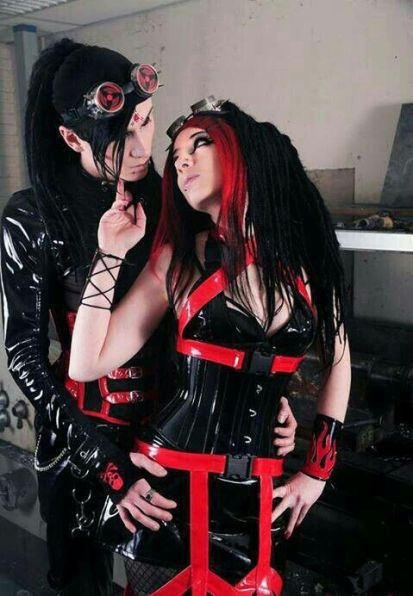
All across the nation people are rioting (no, they are not “peaceful protests”; they are riots) over the case of murdered man George Floyd. Floyd was stopped and arrested on an alleged bad check charge. In the course of the arrest, he was placed on the ground, cuffed, and one officer knelt with one knee on the side of his neck, pushing the other side of his neck into the pavement and held him there.
Not long after, George Floyd was dead.
This “knee on neck” position is something Minneapolis police are actually trained in. It’s a “low risk of injury” technique intended to subdue a resisting suspect. It compresses the carotid arteries, reducing or cutting off blood flow to the brain that brings swift unconsciousness.
My martial art of choice has long been Judo. In Judo, blood strangles are among our main close grappling techniques and they are low risk of injury. This is why they the founder of Judo, Jigoro Kano, included them in the randori-waza (the collection of techniques permitted in “randori”–full contact training practice against a fully resisting opponent). However they are only “low risk of injury” if the pressure is removed quickly. In Judo the person being strangled can “tap out” or, if he loses consciousness the referee stops the fight.
Keep the pressure on long enough and the person dies. There is no damage to the trachea (as noted in the autopsy report of George Floyd) because no significant pressure was applied to the trachea.
This–cutting off blood flow to the brain–is how hanging kills. Even neck break hanging so long as you remember that true death happens when the brain stops functioning. This is actually a great misconception about short-drop/no-drop hanging. The noose constricting about the neck does constrict the windpipe but it also shuts off the carotid arteries and jugular veins. Blood flow to the brain stops, causing swift unconsciousness and eventual death. (Neck break hanging may stop the heart immediately, but it’s lack of blood flow to the brain that causes the brain to die.)
Looking at the case in every way I can, I don’t see any way that this wasn’t a deliberate killing by the police officer(s) involved. And there is every cause for entirely justified outrage over the incident.
Indeed, the vast majority of people agreed. And, in fact, the system in this case was actually working. The police officers involved were fired. The one who actually killed Floyd has been arrested and charged with third-degree murder. (Higher degrees require standards of proof on motivation and premeditation that might be hard to establish and I’d rather see a conviction on 3rd degree than an acquittal on first degree because of failure to establish the necessary proof.)
The system was working. Everyone should be cheering that aspect of the case. Indeed, considering how often things just get dismissed, we as a people should be effusive in our praise in the handling of this case so as to encourage more of it in the future.
Instead we get not just protests but outright riots and not just locally, but nationwide. What, exactly, are you folk trying to accomplish? It’s not about awareness. Awareness was already near universal, as was agreement that this was an unjustified police killing. It’s not about “justice”. The. System. Was. Working. Criminal charges, good, solid ones with a good chance of being upheld in court. There was really nothing more to expect from this case unless what you wanted wasn’t justice but a lynching of the police officer involved. Perhaps you expect the case to be “soft pedalled” to the jury and the officer to be acquitted denying justice for Floyd. And maybe that will happen. But if so that’s the time to protest, not while the process is still running along in the direction we should want it to go. While it’s doing what it should be doing (prosecuting the killer) it should be encouraged in that direction as much as possible.
You’ve taken what was a case of near unanimity in support for the accusation of police abuse and turned it into…something else.
Then there was target selection. Protesting government offices and in particular police precincts? That’s one thing. And while invading and burning police precincts is inappropriate, I think, for the current situation at least it’s reasonable target selection. Looting businesses and burning them down is not. Again, you’ve taken what was a case of near unanimity in support for the accusation of police abuse and turned it into something else.
One of the things the protesters may not have considered is that by invading the police precinct offices, they may have contaminated or destroyed evidence, or just broken chain of custody, sufficient to make a conviction of the officer who killed Floyd impossible. I’d like to think that was foolishness on their part but I have to wonder. After all, if he is acquitted, that will jut fuel even more protests, and more riots. People talk about “unintended consequences” but I sometimes wonder just how “unintended” those consequences are.
Hang onto your hats folks. Check your guns and have your ammunition at the ready. We’re in for a bumpy ride.




















